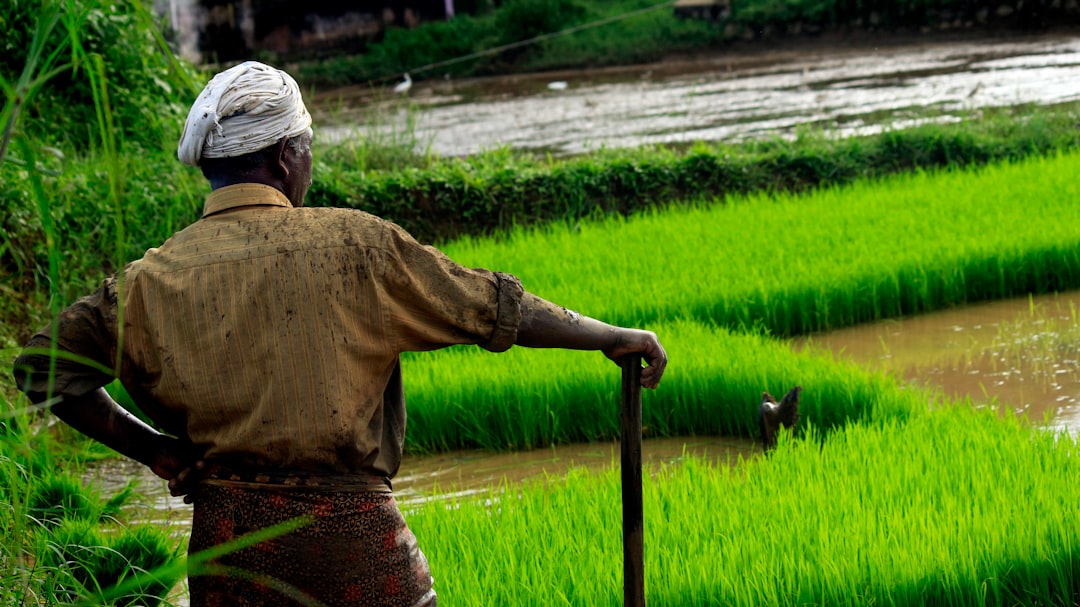What is it about?
Australian acacias have spread to many parts of the world. In South Africa, species such as black wattle are invasive and government programmes are geared to clearing and managing these invasives in order to boost ecosystem services that are important for human and ecosystem well-being. By understanding the biophysical characteristics of black wattle that invade South African grasslands, the paper tries to explore innovative management possibilities. One such possibility is reducing the canopy of the invasive trees to promote grass production, while also sequestering carbon.
Featured Image

Photo by Damian Patkowski on Unsplash
Why is it important?
Limited funds for clearing invasive alien plants implies the need for innovative ways of managing invasions. The study proposes removing small invasive trees and leaving larger ones in order to sequester carbon while also promoting grass production.
Read the Original
This page is a summary of: Exploring the invasion of rangelands by Acacia mearnsii (black wattle): biophysical characteristics and management implications, African Journal of Range and Forage Science, November 2016, Taylor & Francis,
DOI: 10.2989/10220119.2016.1271013.
You can read the full text:
Resources
Contributors
The following have contributed to this page










